Globally, electric vehicle (EV) sales have surged in recent years. As a result, the need for charging infrastructure—both at home and in public spaces—has grown significantly. However, for many new EV owners, the process of charging can still be confusing. One of the most common questions for new EV drivers is how to pay for charging. This article will help clarify the different payment options available and explain why there are so many ways to do it. While there are some free charging options—such as at workplaces or businesses that offer it for free—most of the time, you’ll need to pay. In fact, 9 out of 10 times, you’ll be charged for using a public charger. The way you pay for charging depends on whether you're charging at home or in public. Let’s break it down. Paying for home charging is straightforward. Most home chargers are connected to your electricity meter, so the cost of charging your car is added to your monthly utility bill. Public charging is more complex. Payment methods vary by network and operator. Some charge per use, while others offer membership plans with discounted rates. Common payment methods include apps, RFID cards, and contactless card payments. In the following sections, we'll go into more detail about how each payment method works. Unlike gas cars, where you only have one option for refueling, electric vehicles give you much more flexibility in where and when you charge. With electricity widely available, you have many options for charging your car. Before looking at payment methods, it’s important to understand the different types of charging. There are two main categories: private and public charging. Private charging, also known as home or residential charging, refers to chargers installed in locations that aren’t open to the public, such as your home or a private garage. On the other hand, public chargers are located in places like supermarkets, shopping centers, hotels, and gas stations. These are accessible to anyone, but often require signing up with the operator. How you pay depends on which type of charger you use. Let’s take a closer look at both. Home charging is usually the easiest and cheapest option. Since the charger is connected to your home’s electrical system, the energy used is tracked and added to your utility bill. The cost varies depending on your electricity provider, rate structure, and how often you charge. Some utilities even offer lower rates during off-peak hours, making it more cost-effective to charge at night. Public charging can be pricier, especially for fast chargers. The cost typically includes an initial connection fee plus the amount of electricity consumed, multiplied by the network’s rate per kWh. The biggest challenge with public charging is identifying the user. Different networks use various methods to authenticate users, which can make the process a bit confusing. Let’s explore the different ways this is done and how they work. There are currently three main ways to authenticate yourself at a public charging station, with a new method called “plug and charge†being developed to simplify the experience. For all methods except contactless card payment, you can choose between paying per use or subscribing to a service plan. Subscriptions often offer better rates, while pay-as-you-go gives you more flexibility. Many people use mobile apps to manage public charging. These apps allow you to connect and authenticate at charging stations. You can either pay a monthly subscription for discounted rates or pay per session at a higher price. Some public chargers accept RFID cards or key fobs issued by the operator. Swiping the card allows the station to identify the user and charge accordingly. Like apps, you can choose between a subscription or pay-per-use. However, not all stations support the same RFID cards, so you may need multiple cards if you use different networks. Contactless payments are simple and flexible, allowing you to swipe your card and start charging. However, this method tends to be more expensive in the long run, as you don't get access to discounts or memberships. As the EV market grows, the need for standardized and simplified payment methods becomes more urgent. While current systems work, they can be confusing due to varying processes across operators. A promising solution is "plug and charge," an international standard that aims to streamline the process by automatically identifying the user when the car is plugged in. Known as ISO 15118, "plug and charge" eliminates the need for manual authentication. Your vehicle stores the necessary information, and once connected, it automatically communicates with the charger to process the payment. This makes the charging experience seamless and user-friendly, simply requiring you to plug in and go. As EVs become more common, governments are introducing regulations to ensure fair and transparent charging practices. For example, the US is working on the National Electric Vehicle Infrastructure (NEVI) program, which promotes interoperability and standardized pricing. In Europe, the Fit for 55 initiative includes the Alternative Fuels Infrastructure Regulation (AFIR), aiming to create a more unified and accessible charging network. Roaming in the context of EV charging means you can charge your car anywhere, even outside your home country. It’s similar to how phone roaming works, allowing you to use foreign networks without extra fees. With roaming, you can charge at any public station with a single subscription, eliminating the need for multiple cards or apps. While the current system offers flexibility, it can also be complicated. As EV technology evolves, future standards like plug and charge and new legislation will make charging easier and more consistent for everyone. To learn more about upcoming regulations in Europe, check out our dedicated blog. If you want to know more about public charging, read our guide on using a public charger. Butyl Rubber Tape,Non-Woven Fabric Butyl Tape,Butyl Rubber Adhesve Tape,Hot-Melt Adhesive Tape SICHUAN FOREVER RADIATION TECHNOLOGY CO.,LTD , https://www.fieldjointscoatings.comDo You Have to Pay to Charge an Electric Car?
How to Pay for Electric Car Charging: A Quick Overview
Charging at Home
Charging in Public
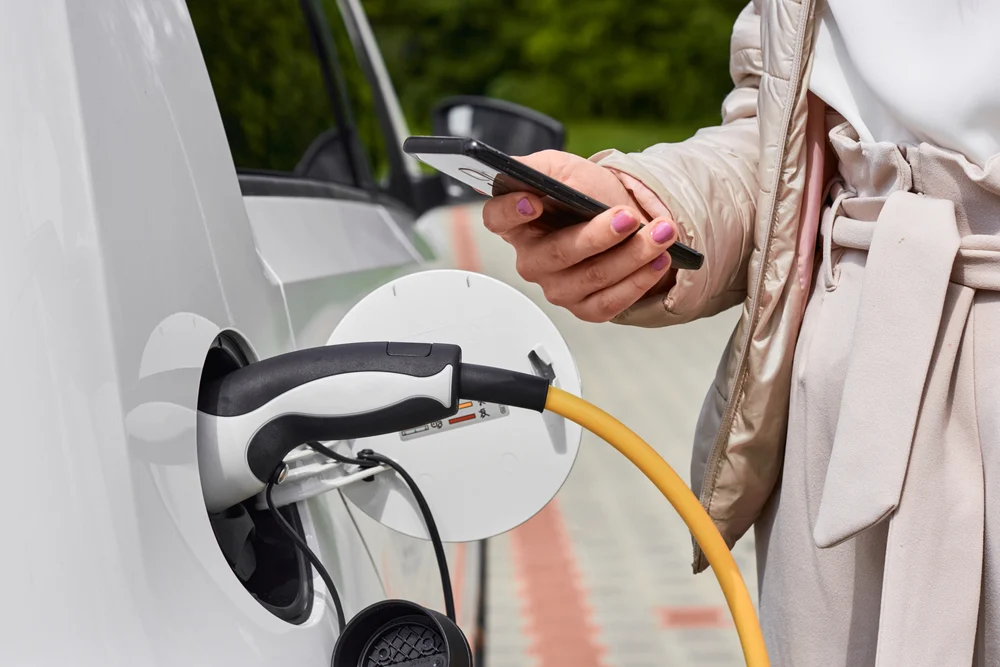
How Do You Pay for Electric Car Charging?
Different Types of Charging
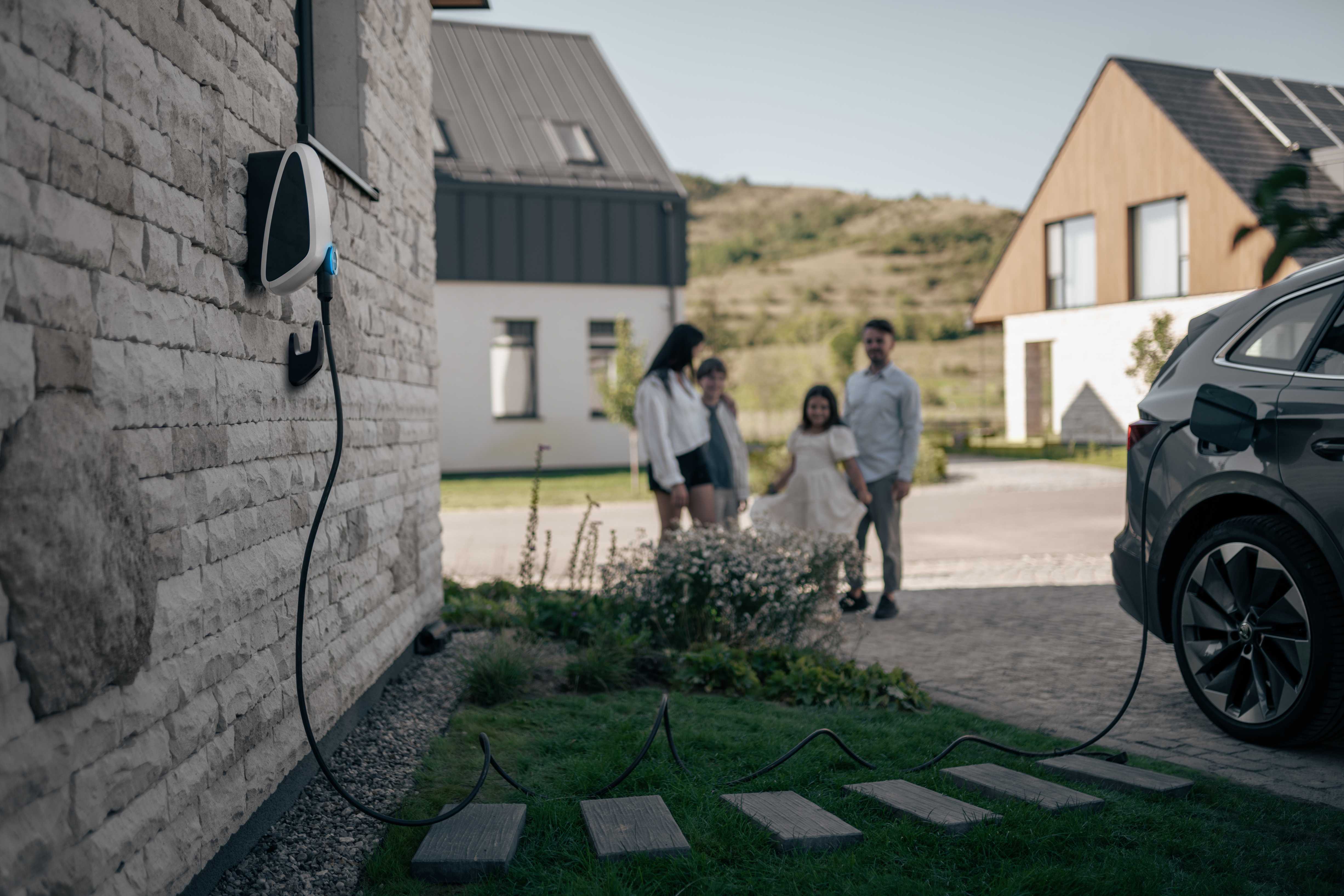
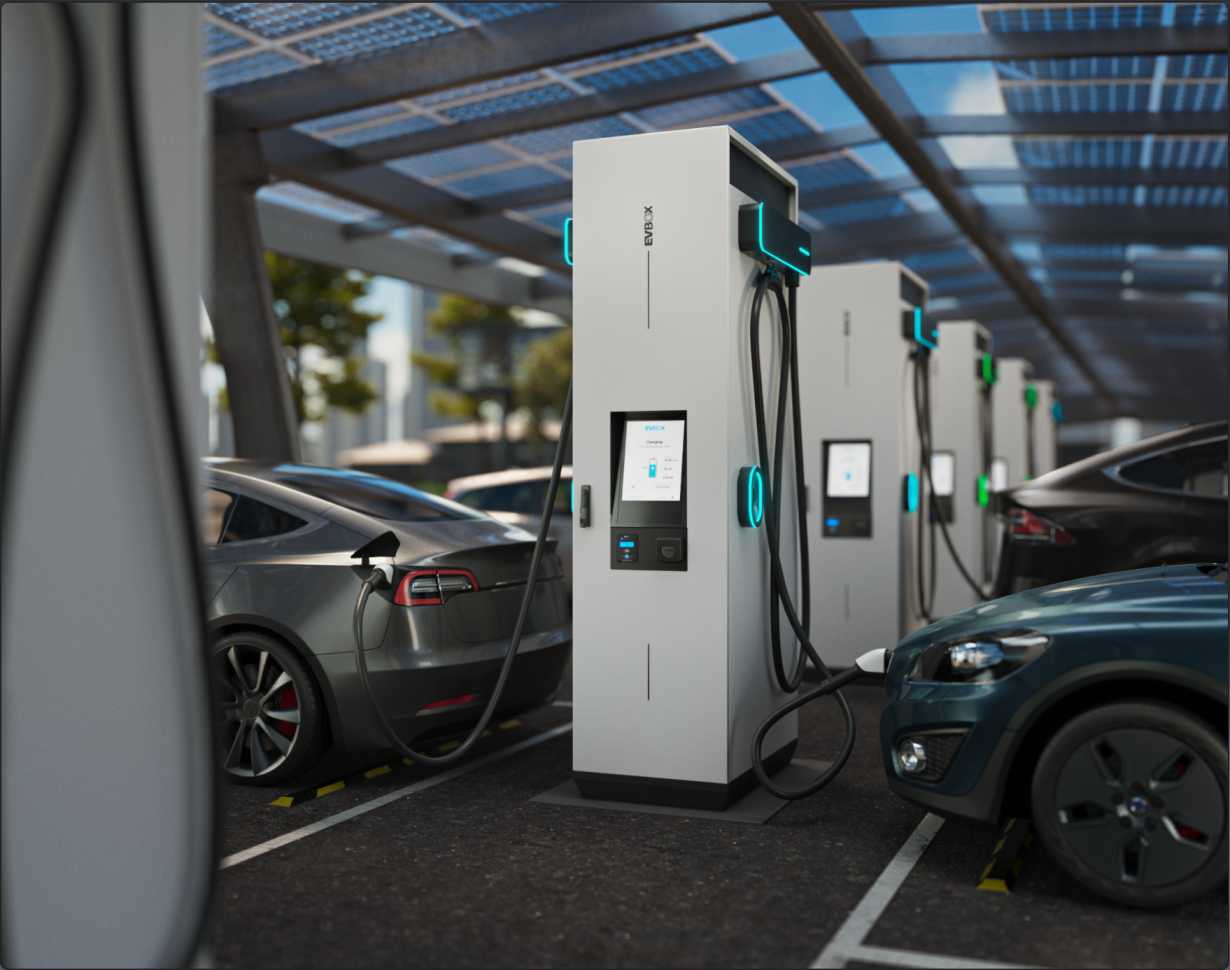
How to Pay for Charging at Home
How to Pay for Public Charging

How You Pay Is Linked to How You Identify Yourself
Charging via an App
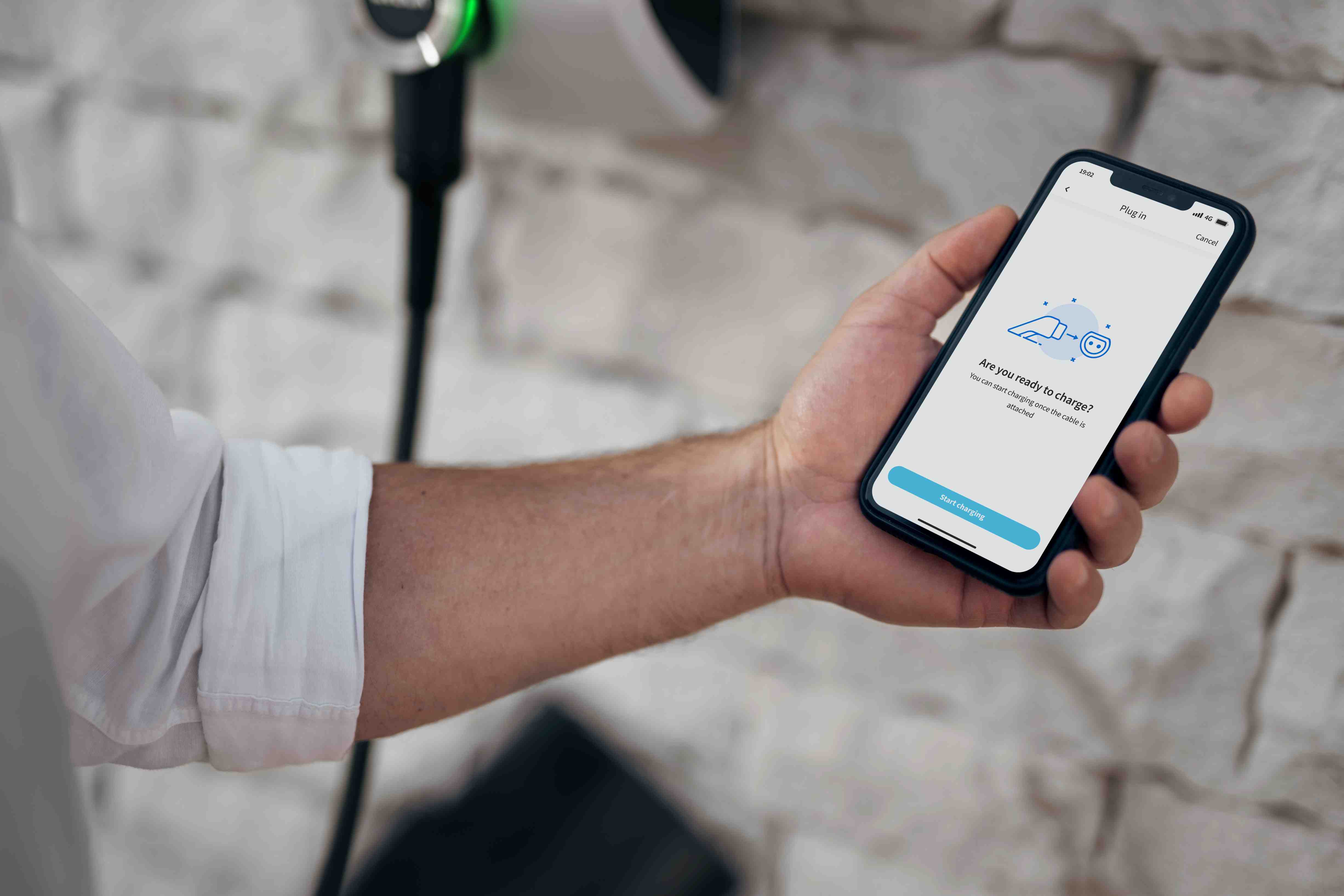
RFID Card or Key Fob
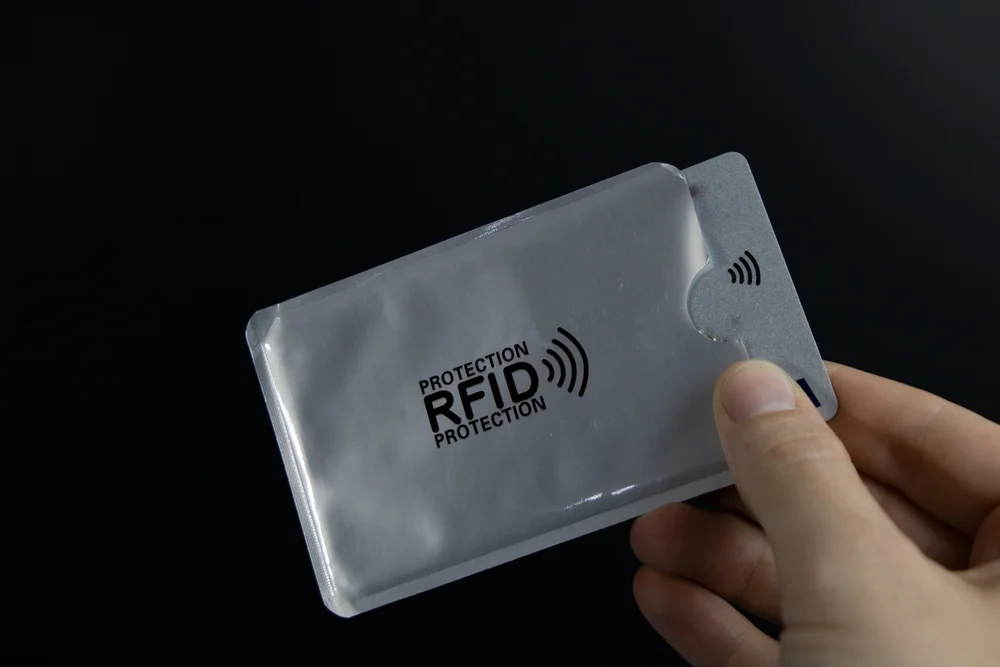
Contactless Payment or Card Reader
What’s Coming Next for Public Charging Payments?
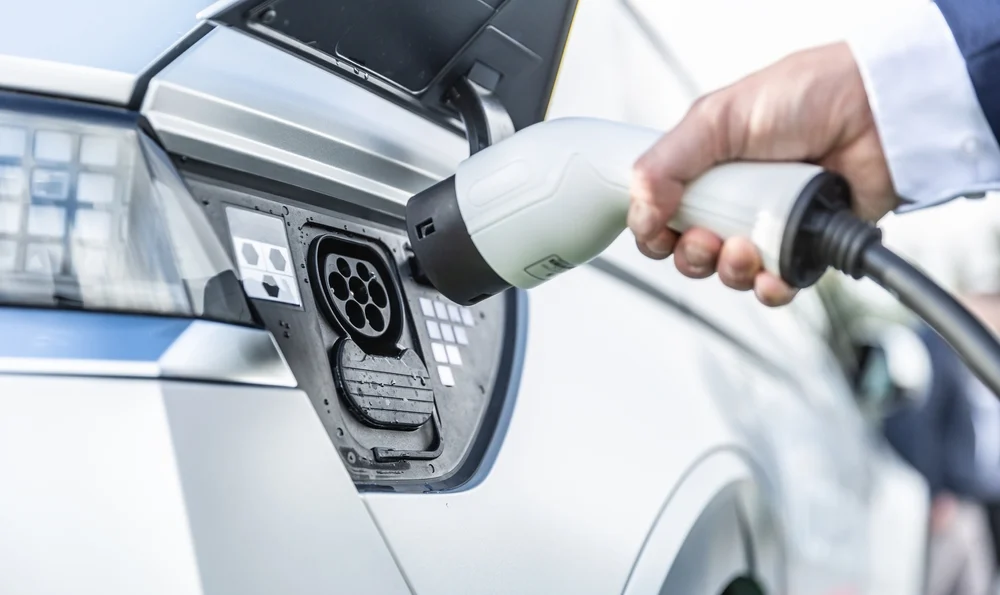
Plug and Charge
New Legislation to Protect Consumers

EV Roaming
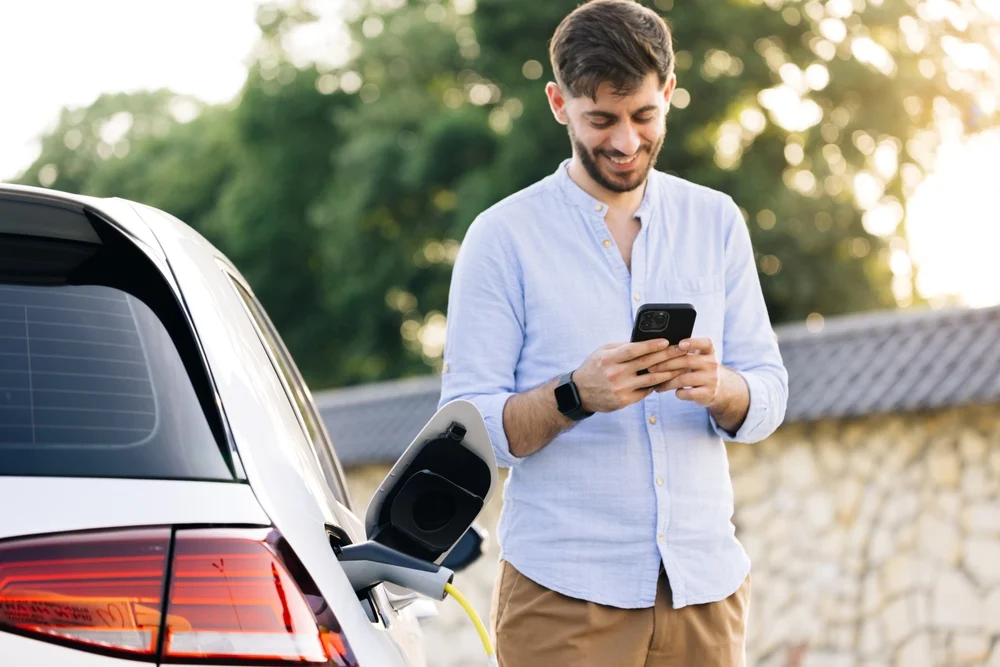
How do you pay to charge an electric car?
Globally, electric vehicle (EV) sales have surged in recent years. As a result, the need for charging infrastructure—both at home and in public spaces—has grown significantly. However, for many new EV owners, the process of charging can still be confusing. Butyl Rubber Tape,Non-Woven Fabric Butyl Tape,Butyl Rubber Adhesve Tape,Hot-Melt Adhesive Tape SICHUAN FOREVER RADIATION TECHNOLOGY CO.,LTD , https://www.fieldjointscoatings.com